Composers / Fryderyk Chopin / Places catalog
Pieskowa Skała
Chopin admired nearby Ojców Castle on Pieskowa Skała [Little dog rock] while he was visiting the Prądnik Valley in July 1829. The castle was once part of a chain of fortresses that guarded the trade route from Krakow to Silesia. It is first mentioned in a 1315 document, where it is referred to as Castrum Peskenstein by Ladislaus I the Elbow-high (1261–1333).
From 1377 to 1608, Pieskowa Skała was the residence of the Szafraniec family. During the sixteenth century, the castle was renovated in the Renaissance style. When the last of the Szafraniec family died without an heir, it passed to Maciej Łubnicki, then Samuel Śladkowski and then the Zebrzydowski family. From 1667 to 1842, the property belonged to the Wielopolskis, who availed themselves of the privilege of the title of Count of Pieskowa Skała. They were seldom there, however, as they performed important state functions, and so the castle fell into ruin.
Hieronim Wielopolski (1712–1779), the Voivode of Krakow, moved to Pieskowa Skała permanently and had the property thoroughly converted into an impressive aristocratic residence. Surviving inventories from 1778 bear witness to the impressive works of art that were kept there. Guests included Augustus III (before he was crowned King of Poland) and Stanislaus Augustus, the last king of Poland.
Despite its long history, the castle at Pieskowa Skała, by contrast with the fortress at Ojców, was still in good repair in Chopin’s day. Klementyna Hoffman, née Tańska, who visited in 1826, doubted that ‘there could be a better preserved building of this age anywhere in Poland. Not only is there no damage, but there is no hint of neglect or disorder in its hundred rooms, its spacious galleries, which are double-storeyed on the courtyard side, or its underground dungeons. Everywhere there is evidence of a careful and caring hand, which I find cheering and touching’.
In 1842, the Mieroszewski family purchased the castle, and it gradually lost its splendour. It was used as a refuge during the January Uprising in 1863 and then rebuilt and restored to how it was when the Wielopolskis owned it in 1863–1877. The Mieroszewskis sold the property to Michał Wilczyński, from Warsaw, in 1896 and Mr Chmurski, a lawyer from Krakow, came to own it soon afterwards. In 1902, the indebted castle was auctioned. In 1903, Adolf Dygasiński and Józef Zawadzki formed a company that raised the money and purchased it. Once the building was renovated, and its rooms refurbished, it was used until 1939 as a summer resort. During the Second World War, it was a shelter for orphaned children (including children from the Zamość area and Volhynia) and refugees fleeing the Warsaw Uprising.
After the war, the State Treasury assumed ownership of the castle. In 1950–1963, an attempt was made to restore the building’s Renaissance features, but a lack of iconographic material and period furnishings and made it impossible to recreate the interiors as they had once been. Opened in 1970 was a museum (actually, a branch of the Wawel Royal Castle State Art Collection), with an exhibition of stylistic developments in European art from the fourteenth to the mid nineteenth centuries. All the exhibits remain the property of Wawel Royal Castle.
The castle also houses the library of the Sapieha family from Krasiczyn, comprising some 28,000 volumes.
-
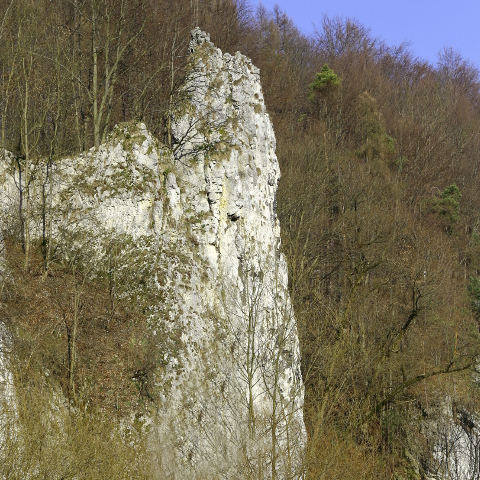
Chopin Rock. Phot. Łukasz Oracz.
-
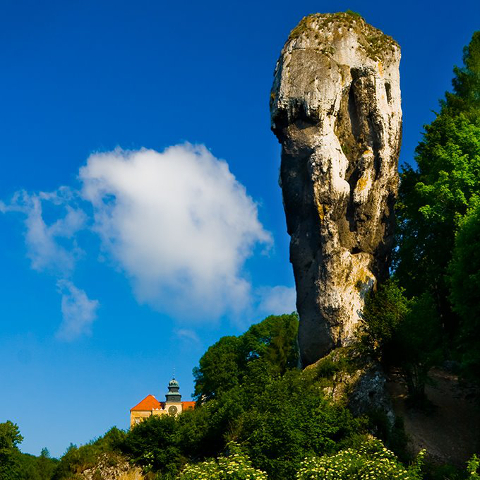
Hercules’ Club. Phot. Jerzy Malicki.
-
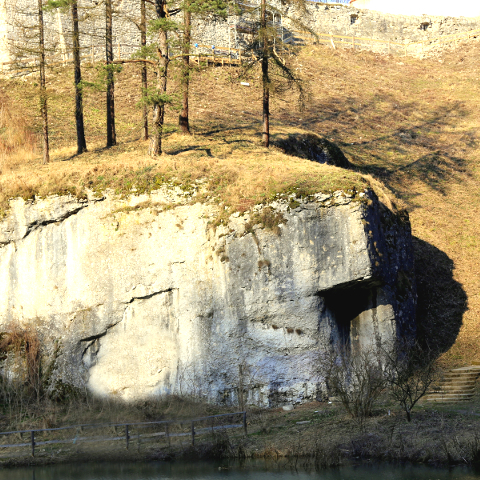
Piano Rock. Phot. Łukasz Oracz.
-
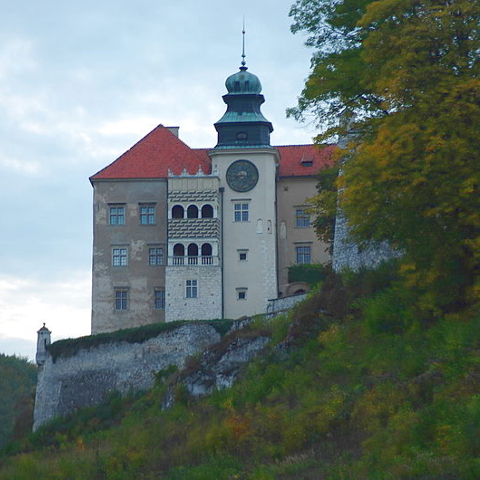
Pieskowa Skała Castle. (creative commons)
-
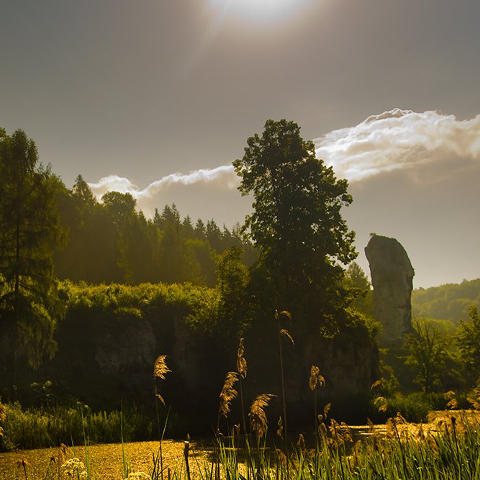
Pieskowa Skała (Pieskowa Rock). Phot. Jerzy Malicki.